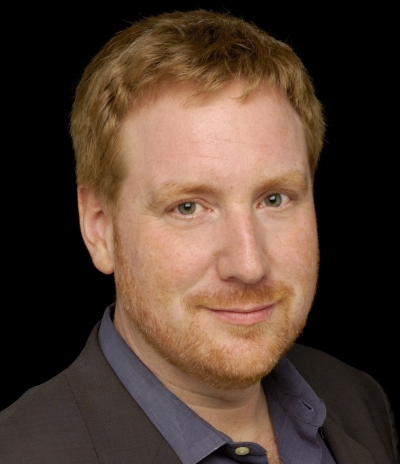Who Am I? Talk this week:

Second half, Stanford’s Dr. Bruce McCandiss, PhD, Cognitive Neuroscience, Psychology, talks about a new field of Educational Neuroscience that can do three important things:
- providing a new view on understanding how experts are wired up,
- a new view on how children come to a new learning challenge (i.e. reading) with a diverse set of resources and individual differences that matter, and
- a way of understanding the mechanisms by which learning experiences can drive changes in mental abilities and brain connections.
Response:
With ever-evolging realtime, detailed 3D moving images of the brain working, we start to see where learning happens and most importantly, how it happens. Going off the far end first: will we be able to record learning and then play it back to other learners? What will be the ethical issues of cloning thought processes? Will it be possible to create human drones controlled by a central brain?
On a more practical level, being able to see absence of learning is one major potential application. Imagine if we could assess if a student has learned about a subject or not – without actually testing them – just by talking about the subject. With that, we can then look at their learning profile and attempt to teach about the subject in a way that is more adapted that brain. Formative assessment based on brain visualizations. Just another skill teachers will have to cope with 🙂
The question that remains for me is: how does an adult brain look like when it is learning? How much brain plasticity still remains? How can we improve it? Is the brain really like a muscle that when exercised, it has potential for making more connections?


Oh yes – while we were responding to the lecture, Collin sung a little for us in class: